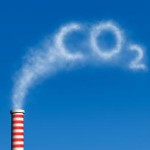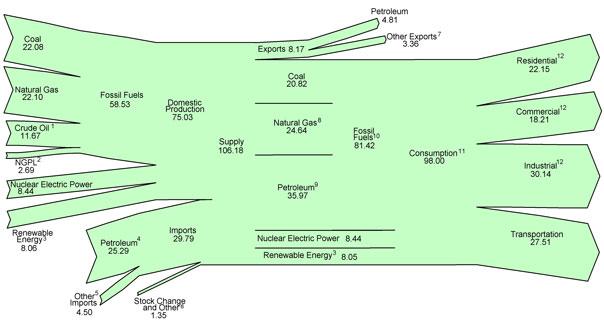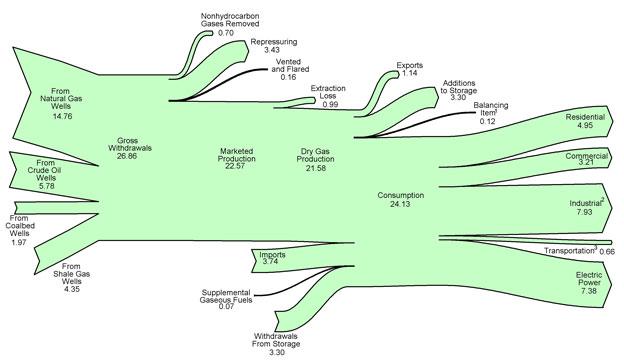By FXEmpire.com

If Natural Gas, is cheap, environmentally friendly, easily available.. Why aren’t US businesses taking advantage?
Natural gas has many qualities which make it a productive, comparatively clean, and a cheap power source. There are nevertheless, environmental and questions of safety with its production and use.
Plenty of the areas that are being explored and developed for natural gas production are comparatively spotless and are badlands areas, and development of these areas have massive impacts on the area’s environment, wildlife, and human populations.
Burning natural gas for energy leads to much less emissions of almost all kinds of air contaminants and carbon-dioxide ( CO2 ) per unit of heat produced than coal or refined petrol products. About 117 pounds of CO2 are produced per million Btu equivalent of natural gas matched against over two hundred pounds of CO2 per million Btu of coal and over 160 pounds per million Btu of fuel oil.

These clean burning properties have given to a rise in natural gas use for electricity generation and as a transport fuel for fleet automobiles in the US. Natural gas is formed up usually of methane, which is an especially strong greenhouse gas.
Some methane leaks into the atmosphere from coal mines, gas and oil wells, and natural gas storage tanks, pipelines, and processing plants. These leaks are the source of roughly twenty five percent of total U.S. Methane emissions, but only about three percent of total U.S. Emissions of greenhouse gases. The oil and natural gas industry attempts to forestall gas leaks, and where natural gas is produced but cannot be transported economically, it is “flared” or burned at well sites.
This is said to be more safe and better than releasing methane into the atmosphere because CO2 is not as powerful a greenhouse gas as methane. Natural gas costs are a result of market demand and supply. Due to limited possible choices for natural gas consumption or production in the short run, changes in supply or demand over a brief period frequently result in big movements in prices to bring demand and supply into balance. Factors on the supply side that will affect costs include adaptations in natural gas production, net imports, or storage levels.
Increases in supply have a tendency to pull costs down, while falls in supply have a tendency to push costs up. Factors on the demand side include business expansion, summer and winter weather, and oil costs. Higher demand tends to end up in elevated prices, while lower demand can cause lower costs.

The vast majority of the natural gas consumed in the United States comes from domestic production. Lower production can finish up in heavier costs, but those heavier costs, in turn, can finish up in increased drilling for natural gas and at last increased production. Tropical Tempest Katrina Over the Bahamas and East of Florida, Aug twenty-four, 2005 Hurricanes and other serious weather may have an effect on the supply of natural gas. As an example, in the summertime of 2005, hurricanes along the U.S. Gulf Coast caused equivalent to about 4% of U.S.
In 2010, pipeline imports amounted to almost 16% of total natural gas consumption. About 99% of the pipeline-imported natural gas came from Canada with the remainder from Mexico.
During cold months, home and commercial end users consume natural gas for heating, which places upward strain on costs.
If sudden or harsh weather happens, the effect on costs intensifies because supply is usually unable to respond fast to the short term increased level of demand. These aftermath of weather on natural gas costs might be increased if the natural gas transport system is operating at maximum capacity. Under these conditions, costs must increase enough to scale back the overall requirement for natural gas.
Temperatures can also have a repercussion on costs in the cooling season as many electrical power stations that are operated to meet air-con wants in the summertime are powered by natural gas. Hotter-than-normal temperatures can increase gas demand and push up costs. The supply picture is also influenced by the level of gas held in underground storage fields. Natural gas in storage is a critical supply part in the heating season that helps satisfy unexpected shifts in demand and supply, houses stable production rates, and supports pipeline operations and center services.
Originally posted here



